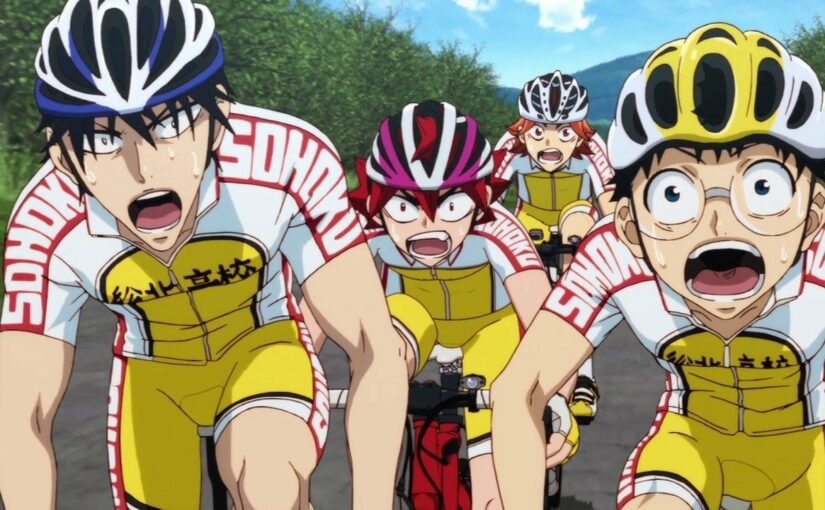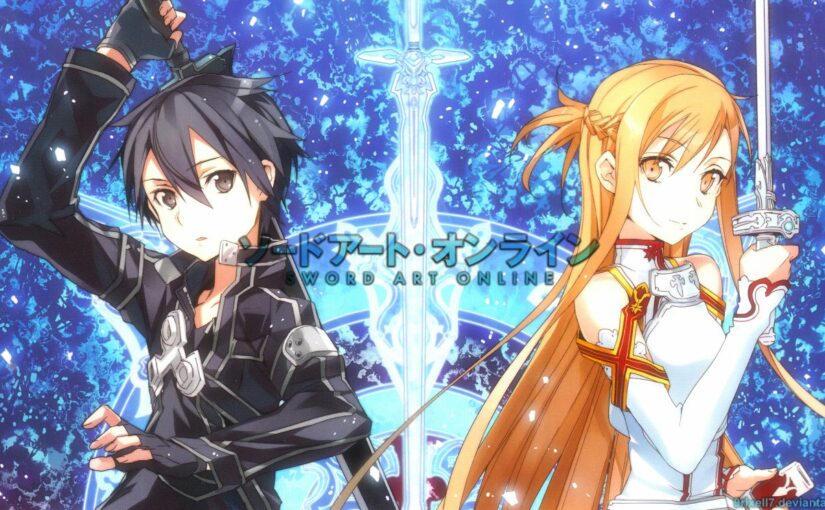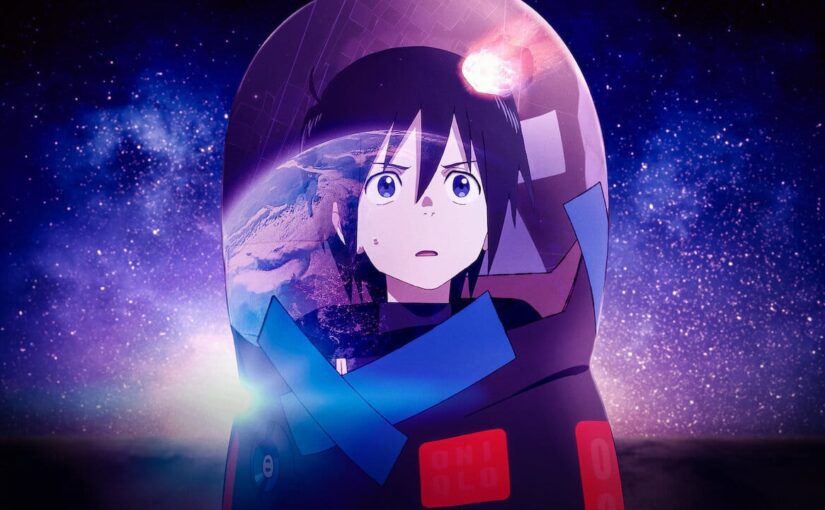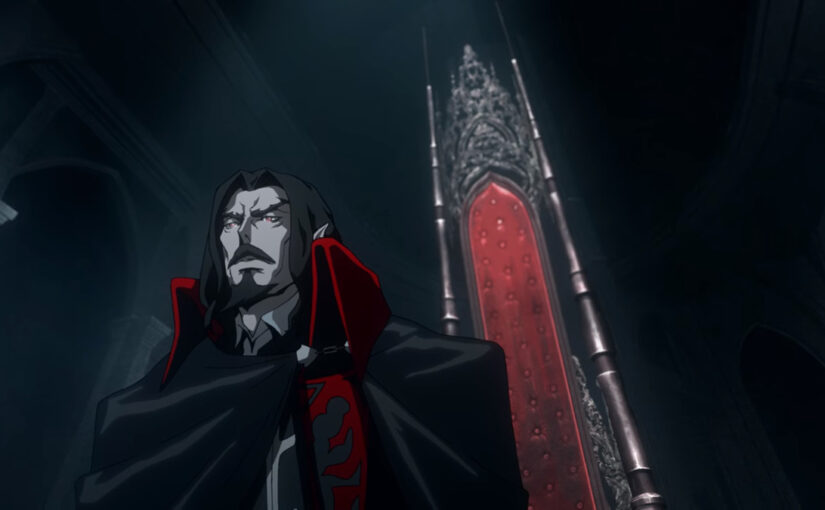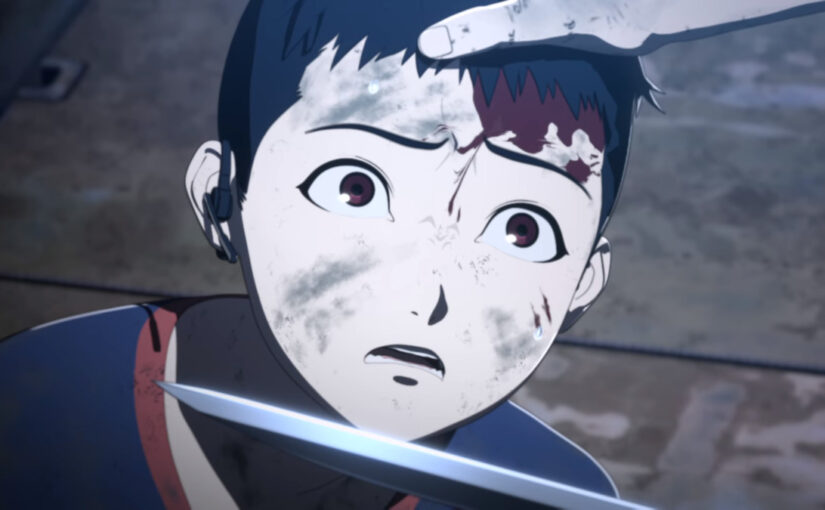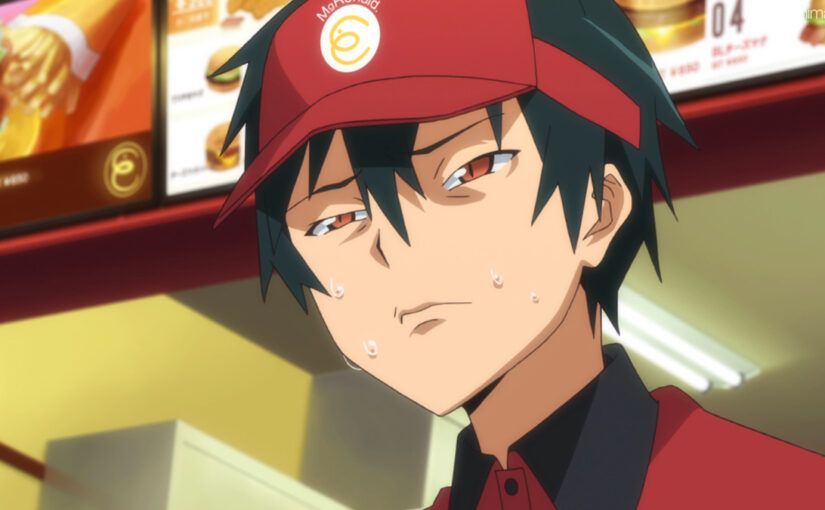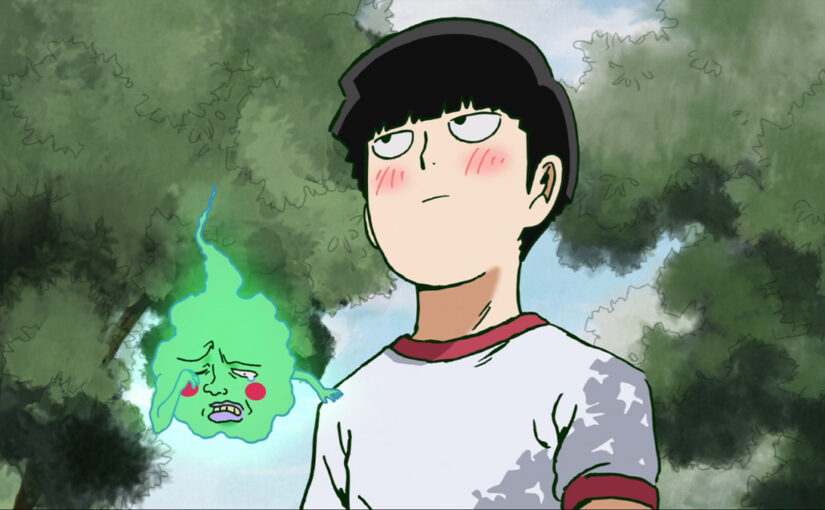I have mixed feelings about the new Netflix live-action adaptation of the famous anime Cowboy Bebop. Is it bad? No. It’s definitely not as bad as all the overwhelmingly negative reviews are out there making it sound. But, if I had to recommend someone to watch the Netflix show or the original, I would still recommend watching the original.
The live-action show was a perfectly fine show to watch. It was funny, had action, and the actors were well cast for their roles. However, at times it simply felt awkward or like it was drastically under budget. The underlying problem was that this was a live-action anime. Things that work well in anime don’t work well in the real world. A pinnacle example would be with the tease of radical Edward at the very end. What is very eccentric and funny in anime come across as awkward in the live-action form.
This all begs the question:: was a live-action remake even necessary? I would have far rather had an animated remake or an animated movie over Netflix’s mediocre live-action remake. With all the advances in GCI and animation, remaking Cowboy Bebop with the same animation quality that Deamon Slayer or Jujutsu Kaisen has would be transcendent. Fight sequences could be elevated to the very next level to accompany the phenomenal music track. The anime protagonist over the top style of fighting comes across as awkward with live-action, but if you keep it animated, it retains its cohesion. The fight sequences in this case almost work well since it is almost John Wick esk. However, there are moments that totally destroy the synergy like the opening fight scene where Spike kicks a quarter and it flies like a bullet.
My last gripe is with the plot development. Opposed to the original, the remake is significantly lacking. Although Spike, Fay, and Jet have a great dynamic, something critical is missing by not including Edward earlier on.
The biggest sin that Netflix made was treating the audience like babies and explicitly showing every single detail of the past and present. In the original, Spike’s past was left mostly as a mystery and the focus was diverted towards the day-to-day life of living as a bounty hunter. The show was about living with a tragic past and just barely getting by. However, the live-action show dedicated entire episodes towards showing the past lives of Spike and Jet wherein the anime only had brief flashbacks of the past. The live-action tried to force emotions by showing us sad things, whereas the anime built emotions more subtly by letting the audience fill in the details of the past and only shows the reverberating effects that the past. As a result, the original Cowboy Bebop is far more emotionally charged than the live-action show.

